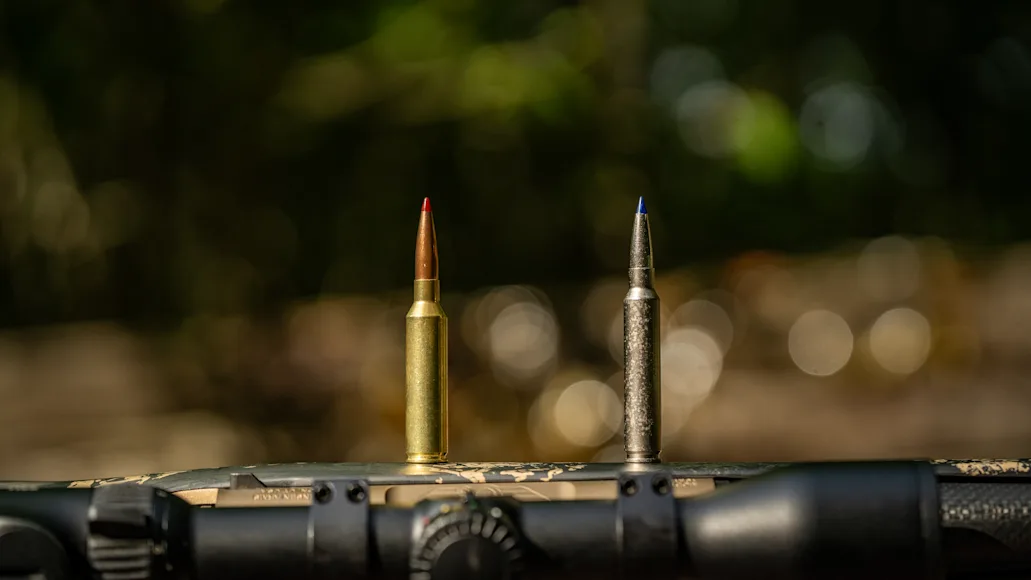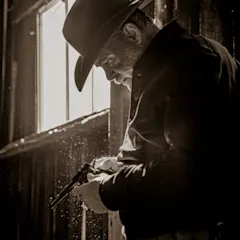The 7mm PRC and 7mm Backcountry are not just two of our newest rifle cartridges; they are also two of the best ballistically performing cartridges for big-game hunting ever made, especially at distance. In most respects, a conventional comparison of these two cartridges is very much an exercise in hair splitting. However, to get a true picture of the differences between them, you must consider barrel length. And it just so happens that barrel length is especially important now, as more and more hunters want to use a suppressor while keeping the overall length of their rifle manageable. This puts a different spin on a head-to-head comparison, and when you take barrel length into consideration, it puts one of these two new 7mm cartridges on top.
7mm PRC vs 7mm Backcountry: Table of Contents
The 7mm PRC
The 7mm Backcountry
7mm PRC vs 7mm Backcountry: Velocity Comparison
7mm PRC vs 7mm Backcountry: Energy Comparison
7mm PRC vs 7mm Backcountry: Trajectory Comparison
7mm PRC vs 7mm Backcountry: Recoil Comparison
7mm PRC vs 7mm Backcountry: Field Experience
Which Cartridge is Best?
The 7mm PRC
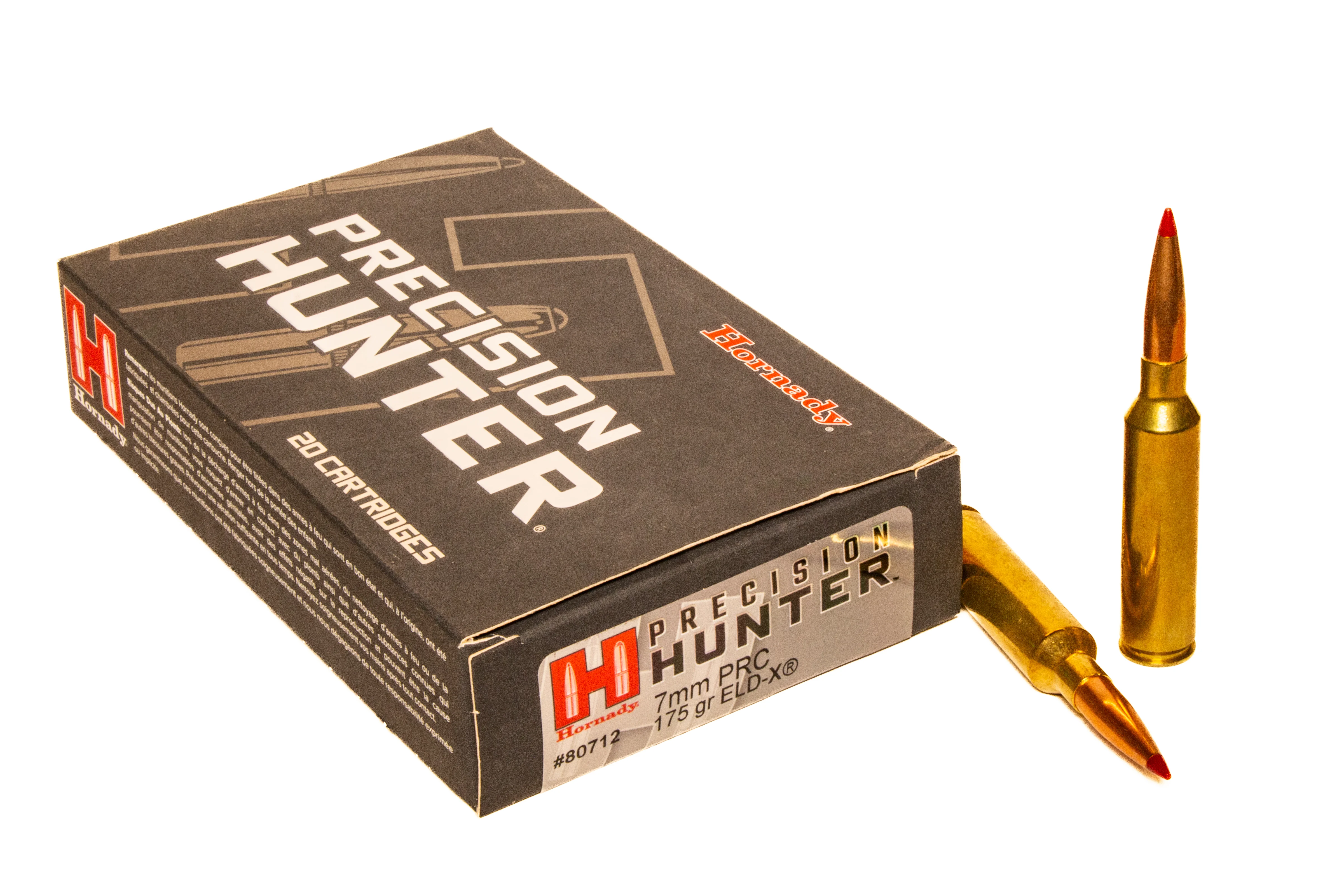
This cartridge is a pure reflection of the modern centerfire rifle cartridge trend that combines a relatively compact and minimally tapered brass cartridge case that has a 30° shoulder with a fast-twist barrel and a high ballistic-coefficient bullet at a conventionally high—65,000 psi—chamber pressure. This trend began with the 6.5 Creedmoor in 2007 and includes other cartridges like the 6.5 and 300 PRC, Hornady’s ARC cartridges, and the 6.8 Western. Ballistically, the 7mm PRC is very similar to the 7mm Remington Magnum, but its compatibility with high BC bullets lets it outperform Remington’s champion 7mm at distance.
The 7mm PRC has become the darlin cartridge for hunters who want to hunt with fps as opposed to their boots, as it is just about ideally suited to long-range application. Since becoming available in 2023, it has skyrocketed in popularity, and there are currently nearly 30 factory loads offered by 10 different manufacturers. According to the Sporting Arms & Ammunition Manufacturer’s Institute (SAAMI) the 7mm PRC has an instrumental velocity of 2950 fps with a 180-grain bullet from a 24-inch barrel.
The 7mm Backcountry
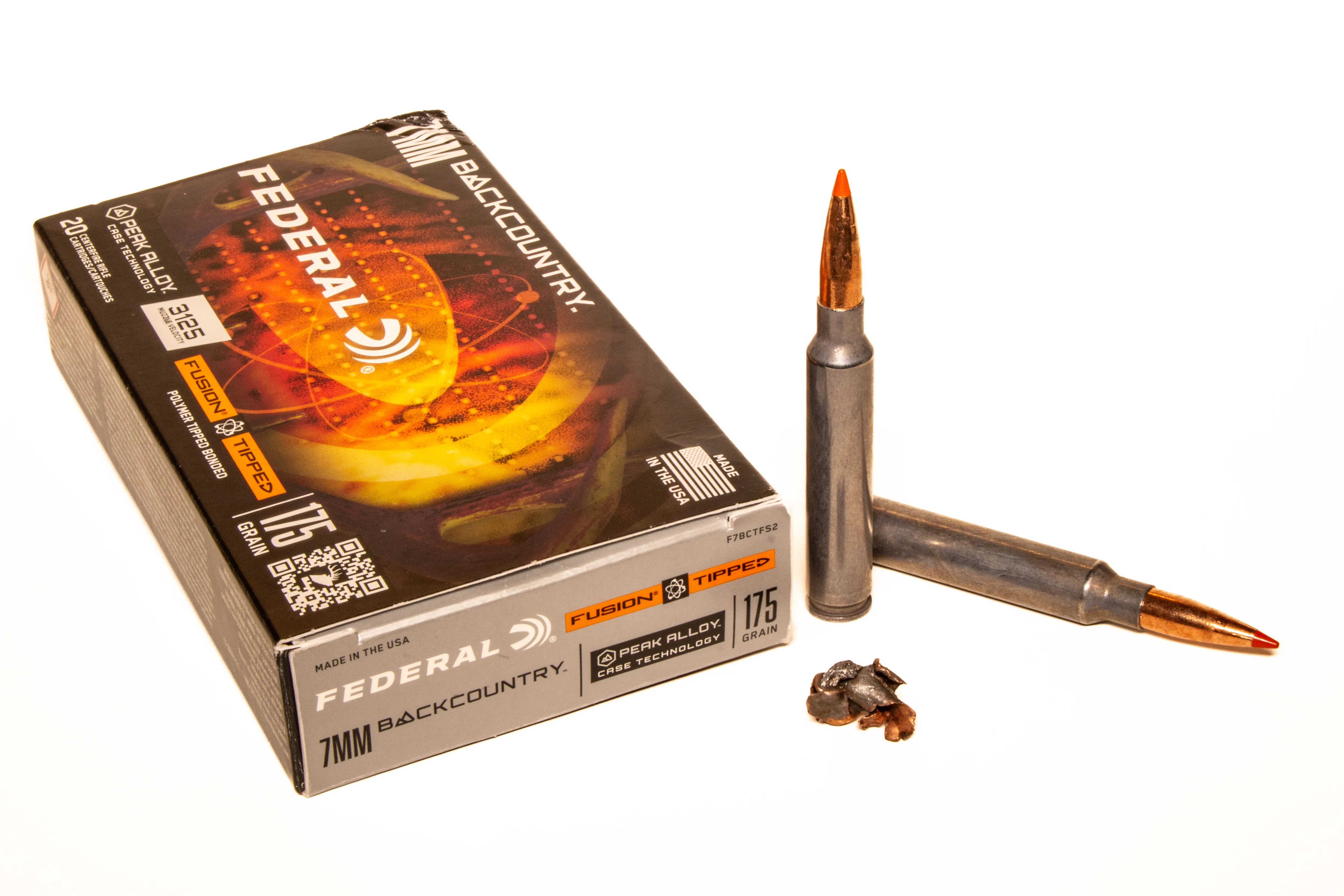
Federal introduced the 7mm Backcountry in 2025. It is one of our newest rifle cartridges and also the most modern, as it is very different from the conventional brass-cased cartridges we have been shooting for more than 100 years. Unlike the 7mm PRC, which has a rim diameter of 0.532-inch, the 7mm Backcountry has a much smaller 0.472-inch rim diameter, similar in size to the 280 Remington or 30-06 Springfield. In most rifles this smaller diameter case translates to more magazine capacity. But what really sets the 7mm Backcountry apart is its much stronger steel alloy case, which allows the cartridge to operate at an incredible 80,000 psi.
With a SAAMI specified instrumental velocity of 3000 fps with a 170-grain bullet and a fast-twist, 1-in-8 barrel, 7mm Backcountry seems nearly identical to the 7mm PRC ballistically speaking. However, there’s more to the difference than what initially meets the eye. Federal designed the 7mm Backcountry specifically to work with a 20-inch suppressor-friendly barrel. Because it uses a faster-burning powder than the 7mm PRC, the short barrel does not hinder its ballistics as much. Unlike conventional steel cased ammo, the Peak alloy cases used by the 7mm Backcountry are reloadable, but the special dies and data have been slow coming to market.
7mm PRC vs 7mm Backcountry: Velocity Comparison
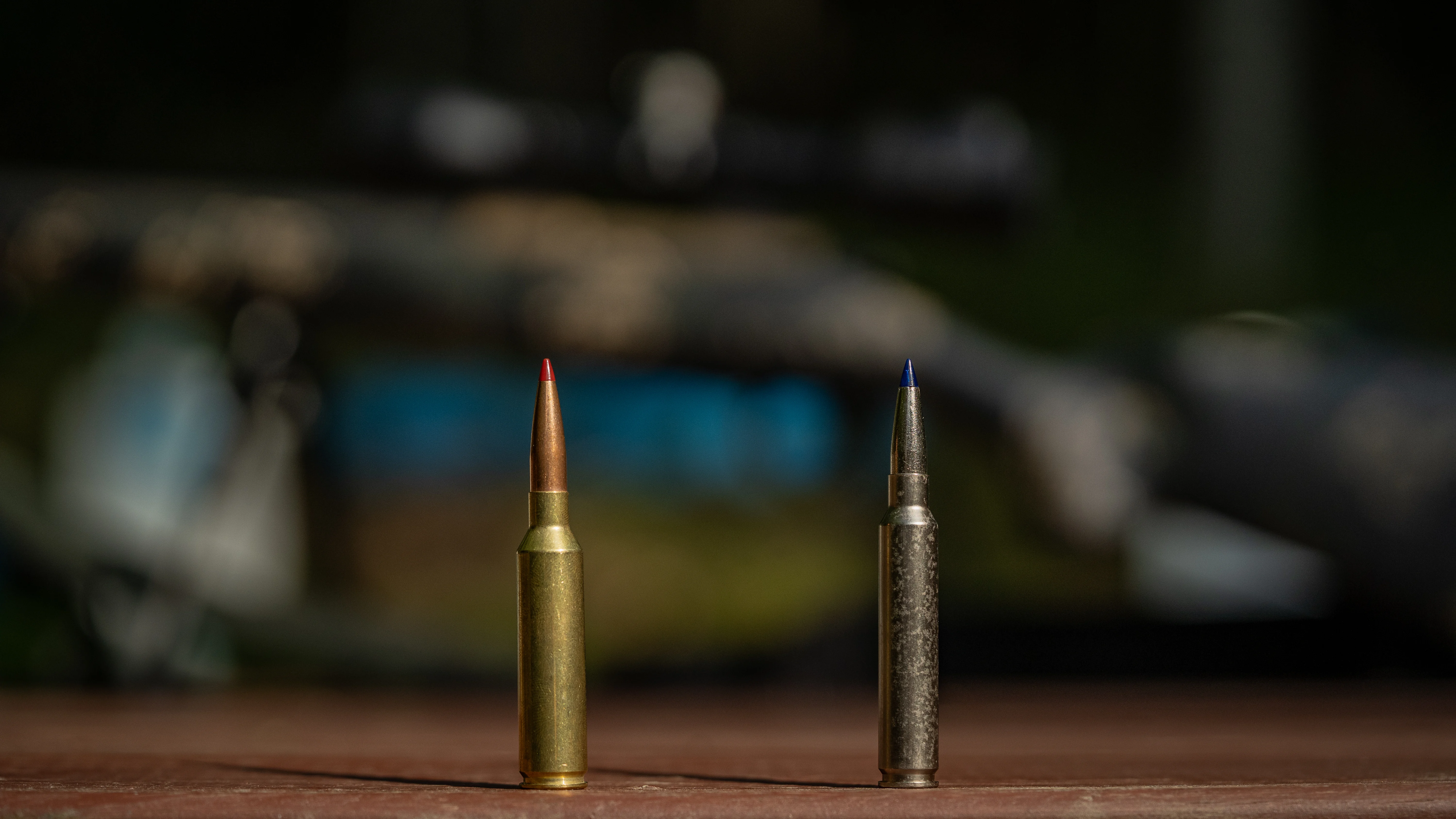
When comparing muzzle velocities for these two cartridges, it’s important to conduct the comparison from two differnt barrel lengths. The 7mm PRC performs best with a 24-inch barrel and testing has shown its capable of about 2950 fps with a 175-grain bullet. From a 20-inch barrel, you can expect 7mm PRC velocities to be closer to 2780 fps, which equates to a 170 fps or about a 6% reduction.
From a 24-inch barrel, 175-grain bullet velocities from the 7mm Backcountry hover right around 3100 fps. However, testing has shown that even from a 20-inch barrel, you can expect velocities of nearly 3000 fps. That’s only a 100 fps or 3.3% velocity loss, and with the shorter barrel, the 7mm Backcountry will equal 7mm PRC velocities from a 24-inch barrel.
Velocity Advantage: 7mm Backcountry
7mm PRC vs 7mm Backcountry: Energy Comparison
When it comes to kinetic energy, many hunters mistakenly assume it in some way correlates to the terminal effectiveness of the cartridge. This is an understandable but mistaken assumption. The best way to look at kinetic energy is like you look at horsepower in automobiles. The more kinetic energy a cartridge has, the more work it’s capable of doing. However, bullet construction is key to terminal performance, just like a gear box and transmissions dictate automobile horsepower.
Regardless, given the same bullet weights fired from a 20-inch barrel, the 7mm Backcountry has about a 16% kinetic energy advantage over the 7mm PRC. More practically, from a 20-inch barrel, the 7mm Backcountry will allow bullet upset on impact to as much as 150 yards farther downrange.
Energy Advantage: 7mm Backcountry
7mm PRC vs 7mm Backcountry: Trajectory Comparison
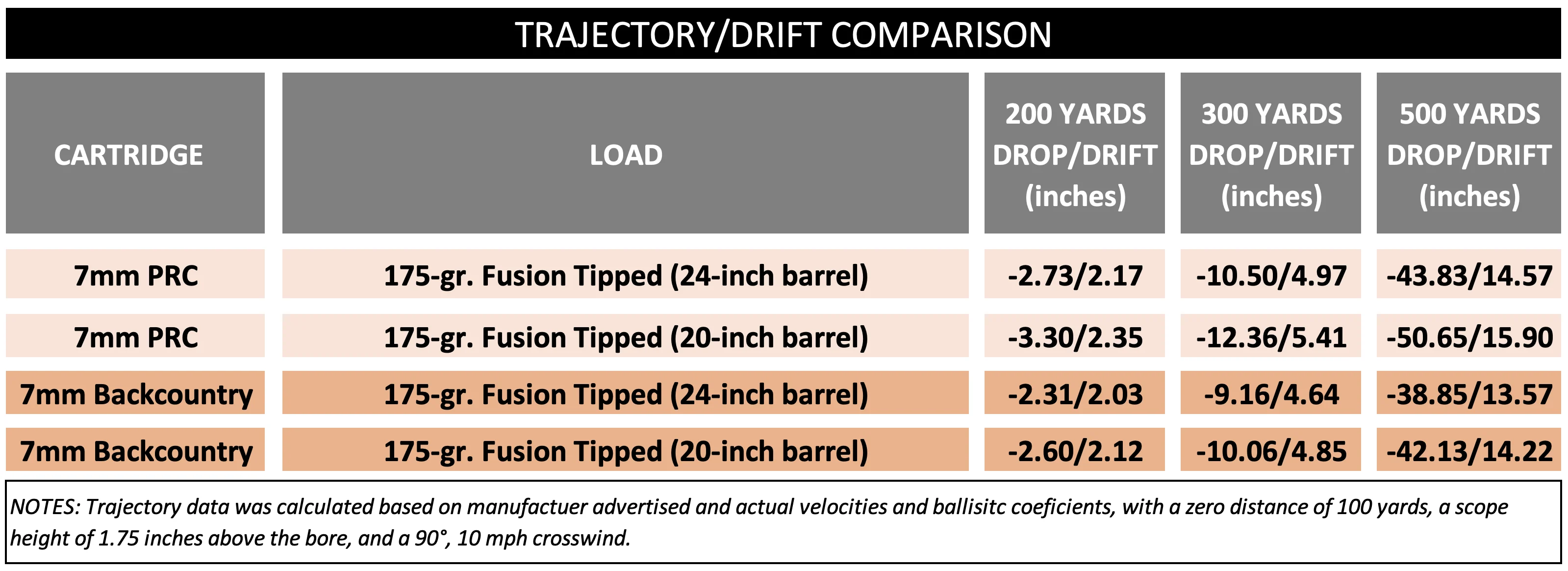
When it comes to trajectory, the two primary determining factors are muzzle velocity and ballistic coefficient. Given 20-inch barrel velocities with both cartridges, and the same 175-grain bullet, at 500 yards, the bullet from the 7mm Backcountry will drop about 8 inches or around 16% less. Another way of looking at trajectory is based on flight time, and the 7mm Backcountry bullet will get to 500 yards about 8% faster than the 7mm PRC.
Trajectory Advantage: 7mm Backcountry
7mm PRC vs 7mm Backcountry: Recoil Comparison
Recoil is a very subjective thing that depends on the shooter and the rifle. However, from an energy calculation standpoint, rifle weight, bullet weight, powder-charge weight, and muzzle velocity are the determining factors. I’ve shot both cartridges in similar rifles side by side, and I could not tell which rifle was which based on recoil. Since the 7mm Backcountry uses less powder, it has less ejecta, but since it has a faster muzzle velocity, everything mostly equals out in terms of recoil.
Recoil Advantage: Tie
7mm PRC vs 7mm Backcountry in the Field
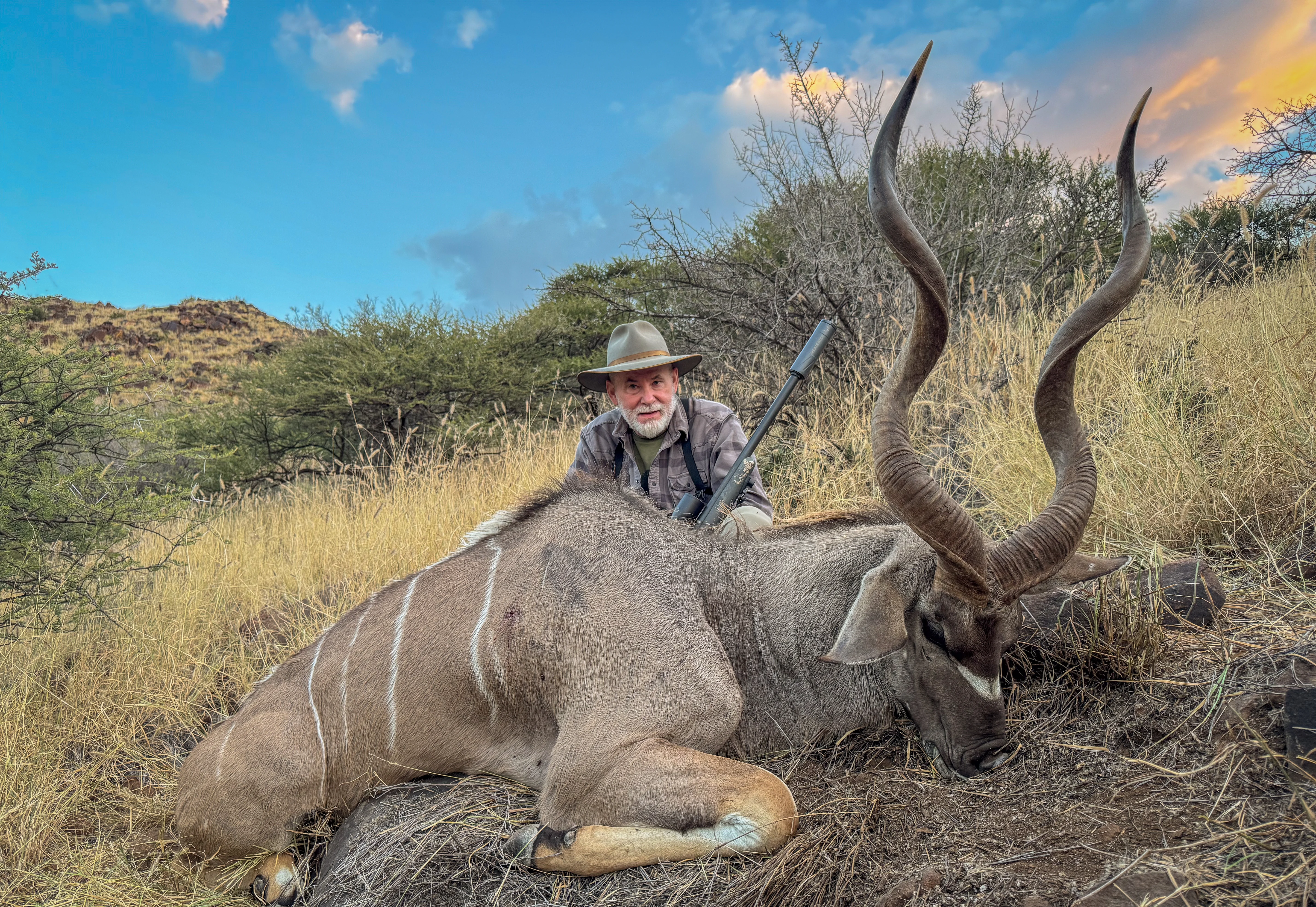
What really matters to hunters is field effectiveness. Big-game animals do not care about slight differences in velocity, energy, trajectory, or recoil. So far, I’ve taken a nilgai, kudu, and zebra with the 7mm PRC, using the 175-grain ELD-X and the 160-grain Remington CUT bullet, with the shot distances averaging 161 yards. With the 7mm Backcountry I’ve taken a kudu, brown hyena, and a Jackel with the 175-grain Fusion bullet, and the average shot distance was 248 yards. In every case, shot placement was good and the bullets were more than sufficient for the animals at the distances taken. The only animal to take a step was the zebra. I shot it quartering to, with the 7mm PRC, and it ran about 120 yards. In my experience, both cartridges are highly effective on game.
Field Experience Advantage: Tie
And the Winner Is...
Realistically, either cartridge should work just as well for the big-game hunter, regardless of distance. Currently, the 7mm PRC has a tremendous advantage in terms of available factory rifles, loads, and reloadability. We’re still waiting on reloading tools and data for the 7mm Backcountry, and Federal is the only ammunition option, and they offer only five factory loads with bullets ranging in weight from 155 to 195 grains. Based on those facts alone, the 7mm PRC would get the nod.
But the current trend with modern hunters is to use a suppressor, and suppressors make a lot more practical sense for hunting when the rifle has a shorter barrel. If you want to hunt suppressed and you want a shorter, better handling rifle, the 7mm Backcountry is the clear winner. For the modern suppressed hunter who wants to reach out as far as possible, the 7mm Backcountry is unmatched. In fact, given those parameters, it just might be the best rifle cartridge available in any caliber.

